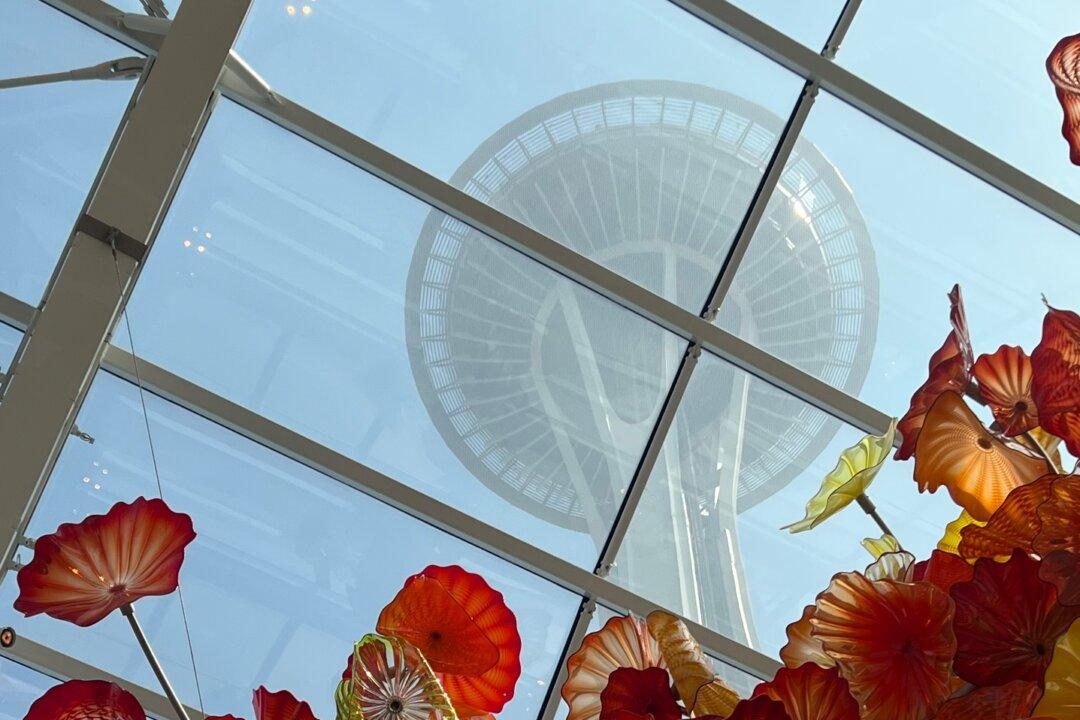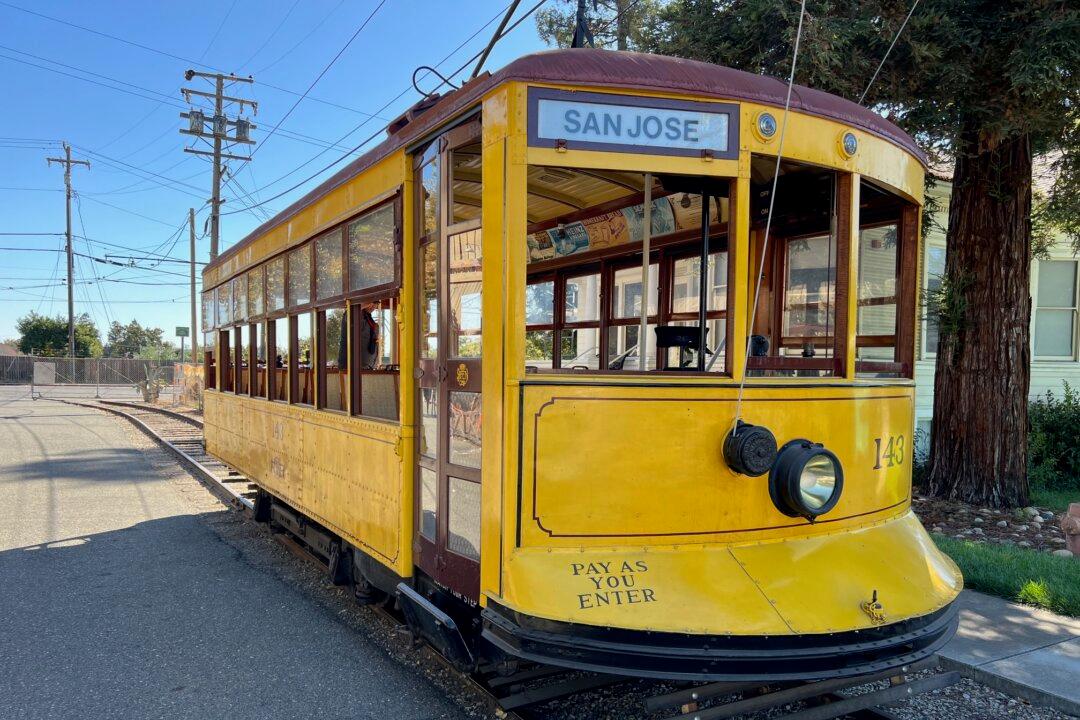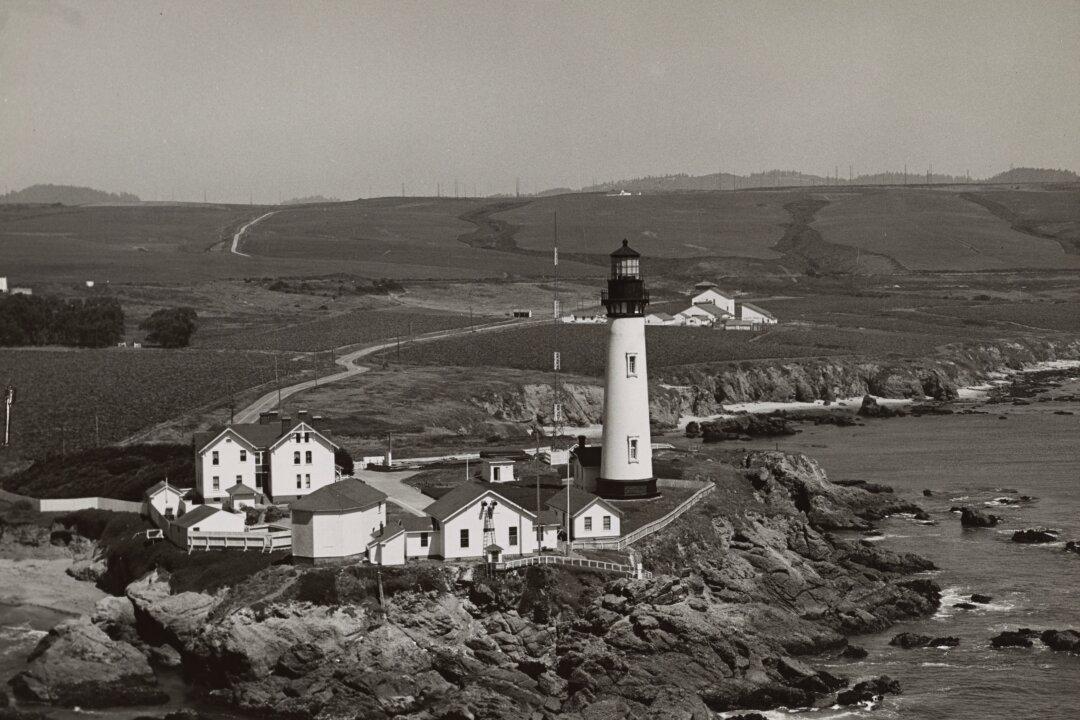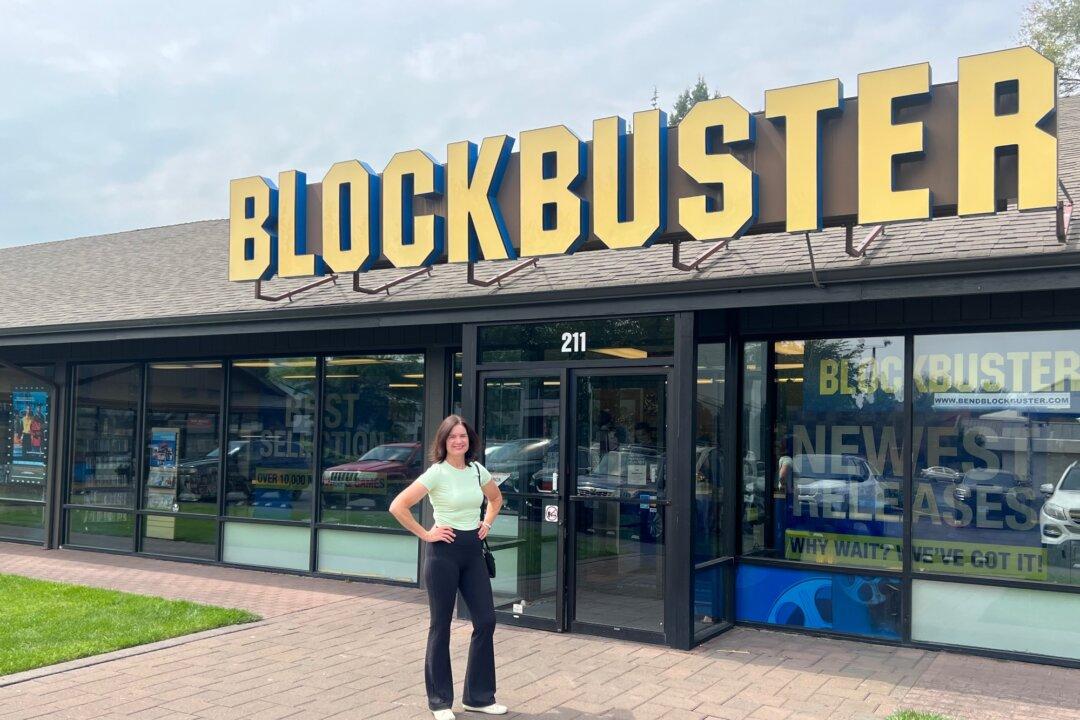If you find yourself in Seattle and are looking for something to do, you can do no better than to visit the Chihuly Garden and Glass Museum. It is absolutely beautiful.
Dale Chihuly is a glass artist extraordinaire. Born in Tacoma, Washington in 1941, he studied architecture and interior design at the University of Washington and then studied glass at the University of Wisconsin-Madison. He also received a Fulbright Fellowship at the Rhode Island School of Design, which allowed him to study the artistry of glass in Venice, known as the “glassblowing capital of the world.”





